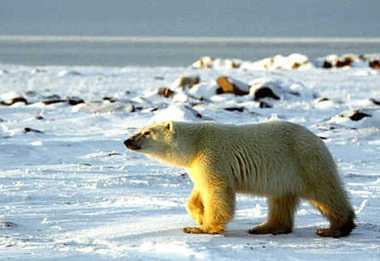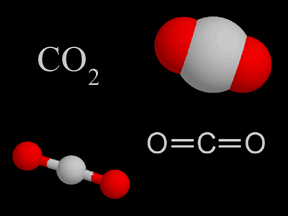Click on image for full size
Courtesy of NCAR/National Science Foundation
Flying from Pole to Pole to Measure Greenhouse Gases
News story originally written on January 7, 2009
HIAPER, one of the nation's most advanced research aircraft, is scheduled to embark on an historic mission spanning the globe from the Arctic to the Antarctic.
Starting Jan. 7, 2009, the HIAPER Pole-to-Pole Observations (HIPPO) mission will cover more than 24,000 miles as an international team of scientists makes a series of five flights over the next three years sampling the atmosphere in some of the most inaccessible regions of the world.
The goal of the mission is ambitious--the first-ever, global, real-time sampling of carbon dioxide and other greenhouse gases across a wide range of altitudes in the atmosphere, literally from pole-to-pole.
To date, much of our understanding of global atmospheric greenhouse gases has been acquired from ground-based observations, distant satellites, balloon launches, or highly sophisticated supercomputer models. HIAPER's pole-to-pole mission will, for the first time, give scientists real-time global observation data to correlate with those climate models.
HIAPER is short for the National Science Foundation's High-performance Instrumented Airborne Platform for Environmental Research. A modified Gulfstream V jet, it can fly at high altitudes for extended periods of time and can carry 5,600 pounds of sensing equipment, making it a premier aircraft for scientific discovery.
HIPPO is a joint project funded by the National Science Foundation and the National Oceanic and Atmospheric Administration and involving researchers from Harvard University, NSF's National Center for Atmospheric Research and the Scripps Institution of Oceanography.
Text above is courtesy of the National Science Foundation















